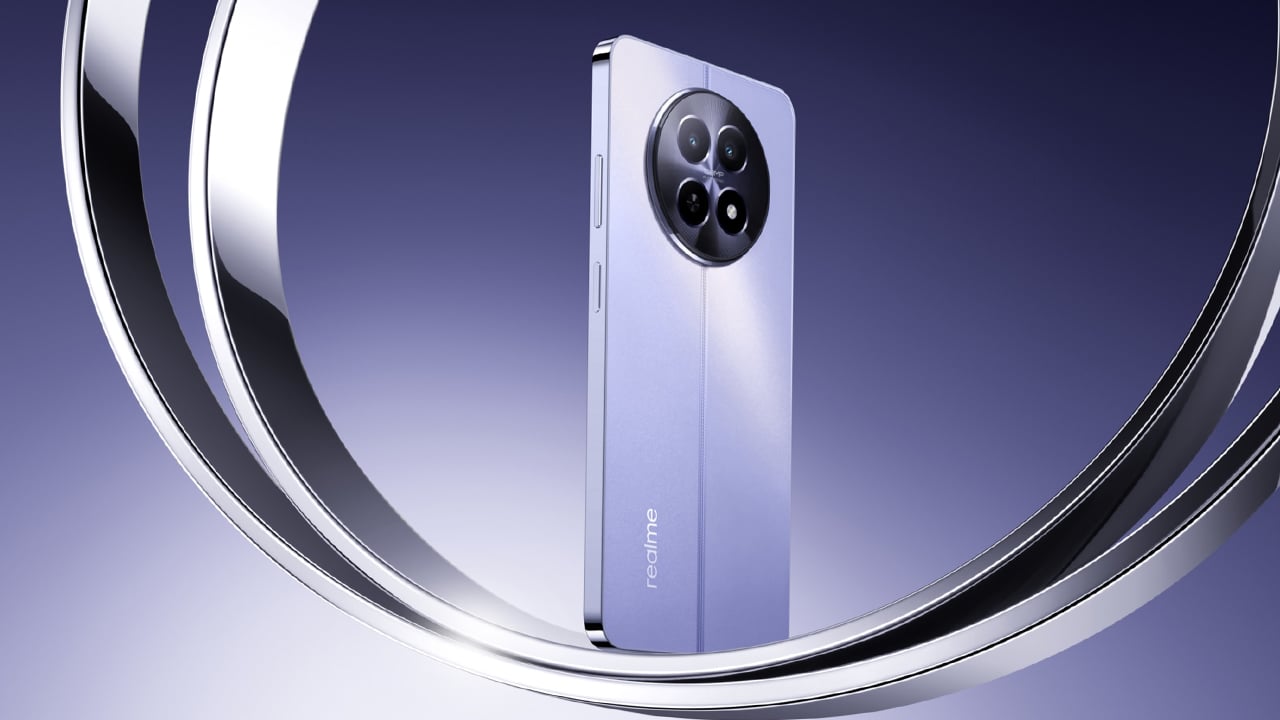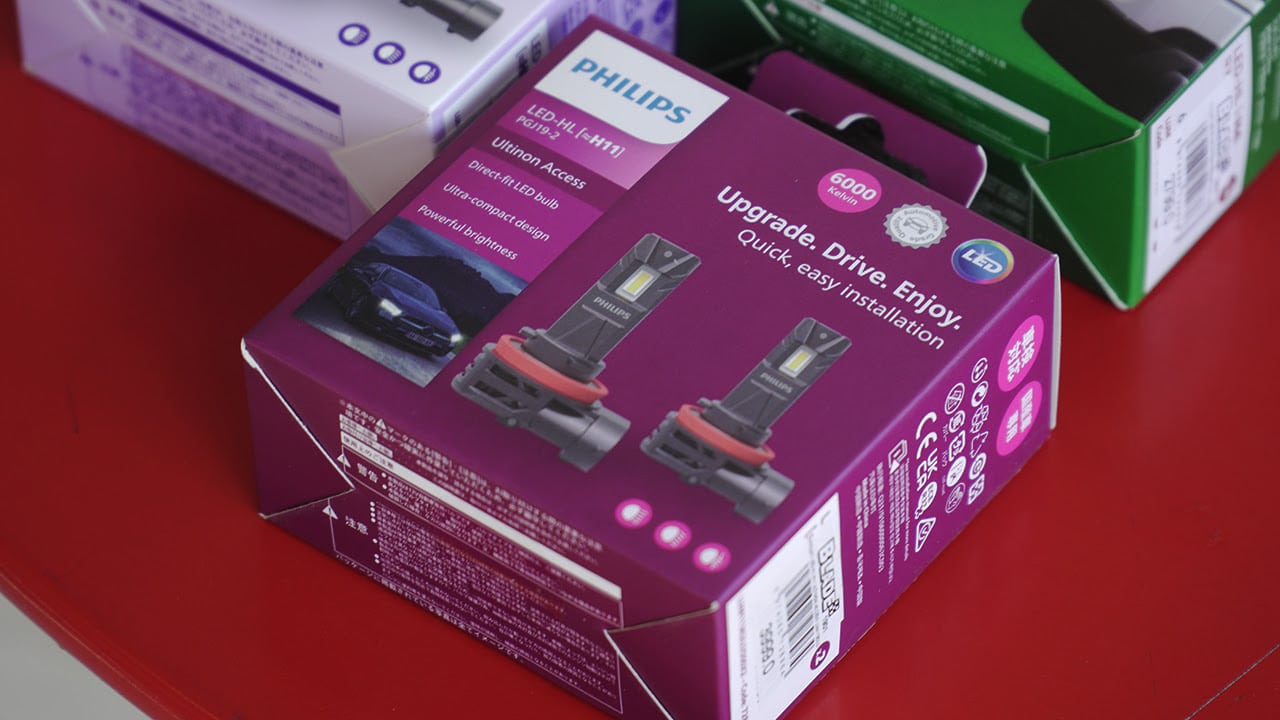I recently purchased an Xbox Series X (and you can check my review on it) and since I upgraded to a next-gen console, I thought that I might as well upgrade my accessories as well. I decided to check what’s currently offered in the market today and found that it’s a bit challenging since there are a handful of options available.
I was looking for a pair of headphones specifically for Xbox and came across the Razer Kaira Pro. After checking its features, I decided to get it. Did I make the right decision? Should you also get it for your Xbox One or Xbox Series S/X? Read on to find out.
Design
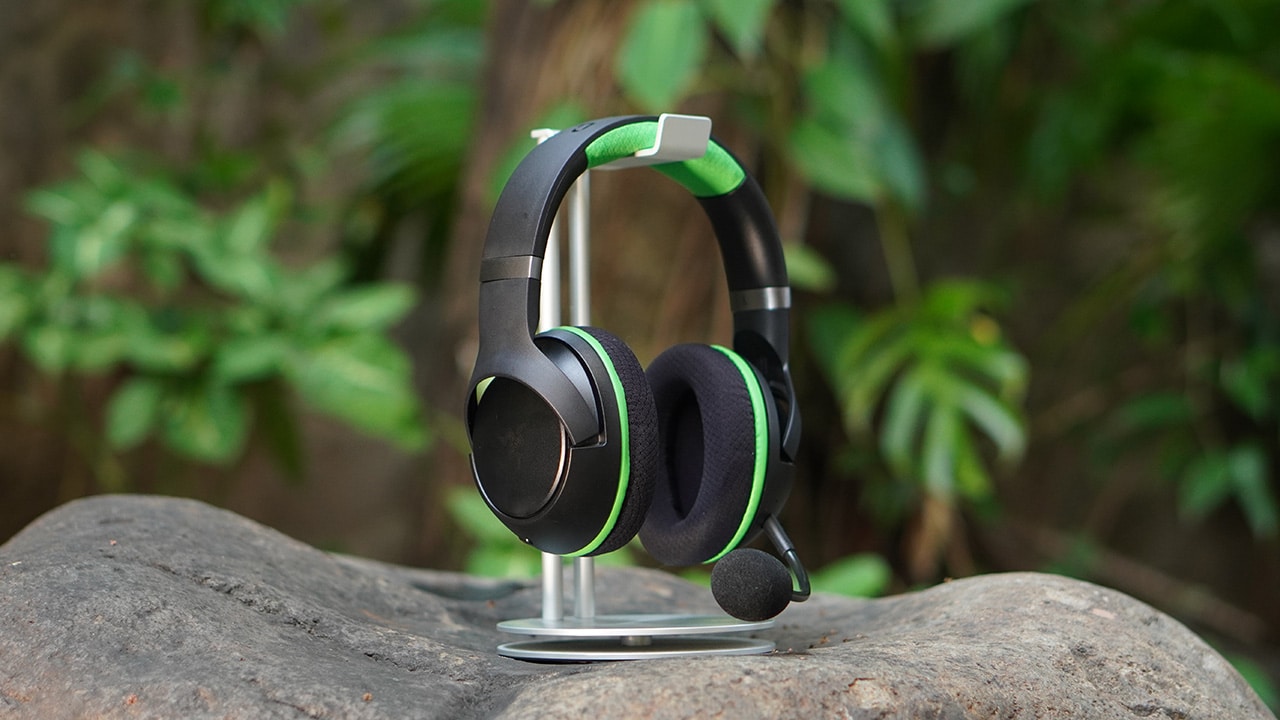
The Kaira Pro’s design is straightforward as far as gaming headphones are concerned and I like that about it. It has oval-shaped earcups with a flexible headband and sports accents of green color representing Razer’s color. But, in this case, it also works well with Xbox’s overall look.
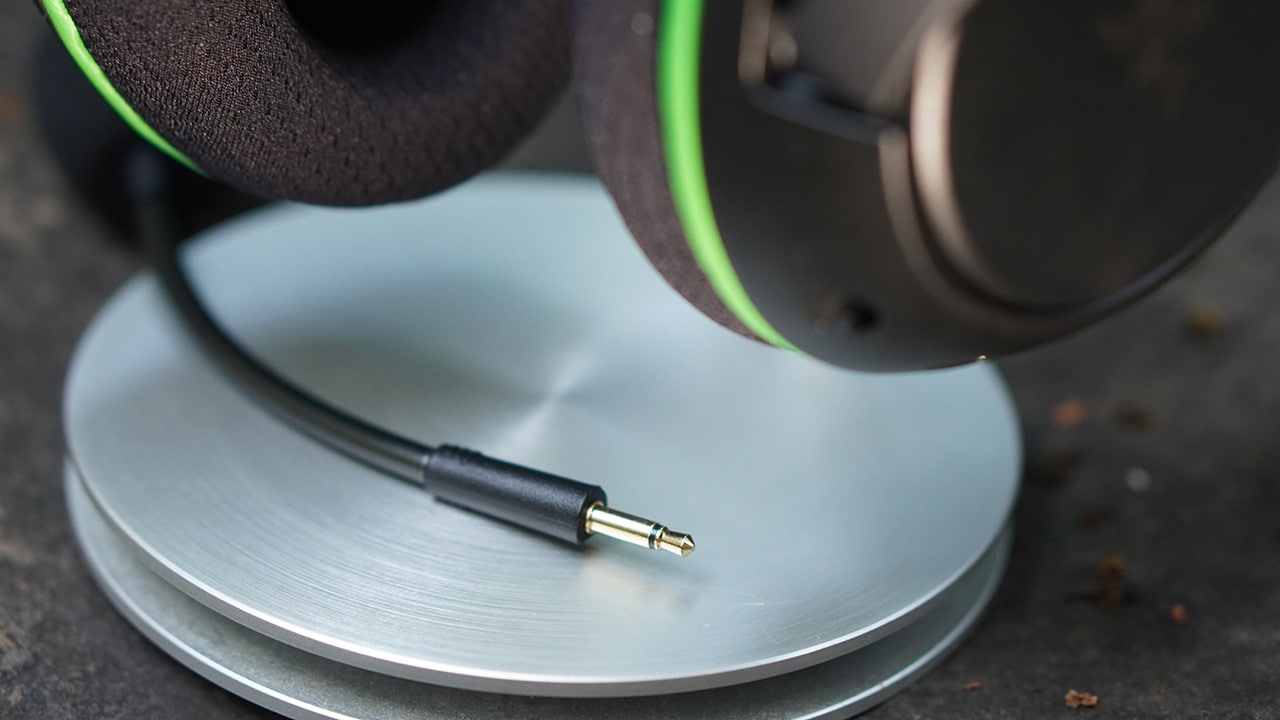
On the left earcup is a boom mic for in-game voice chats. It can be attached and detachable via a 3.5mm jack. Remove it and you have a more casual-looking headset.
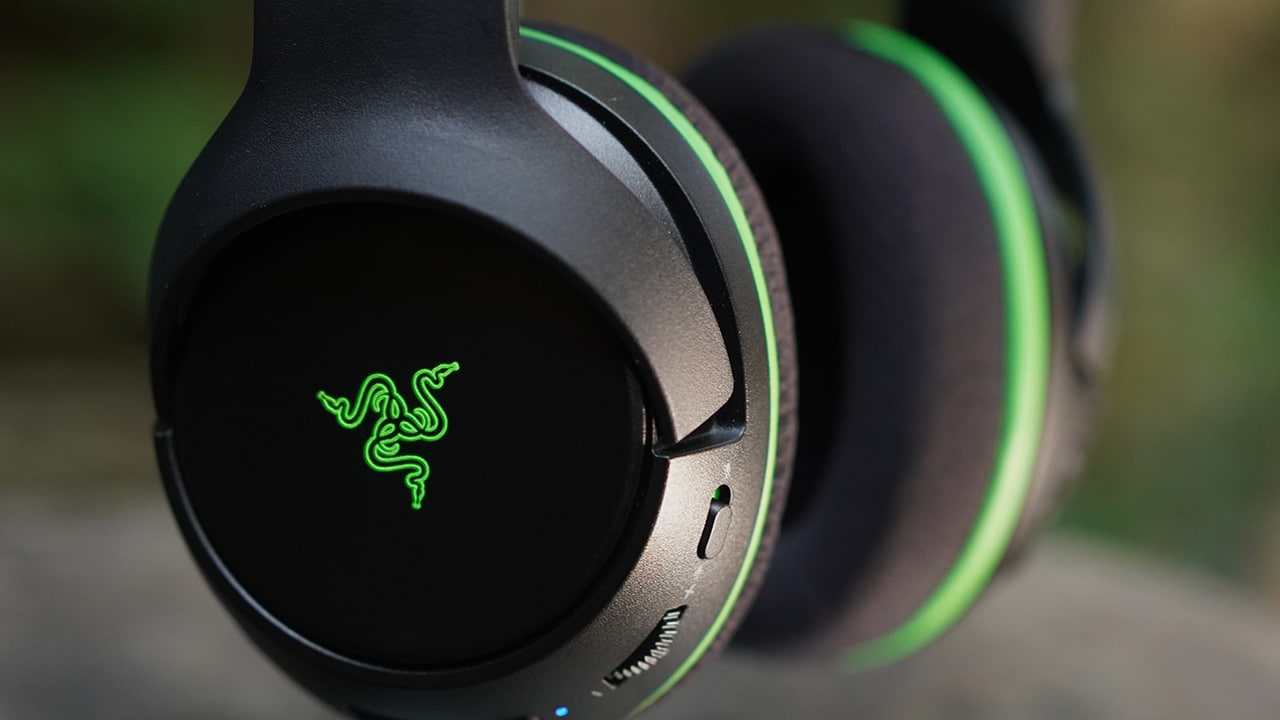
Additionally, the Kaira Pro carries a Razer logo on both its earcup. These light up to reveal the company’s famous glowing logo. You can also choose to change and customize the lights’ color via its companion app from the Microsoft Store.
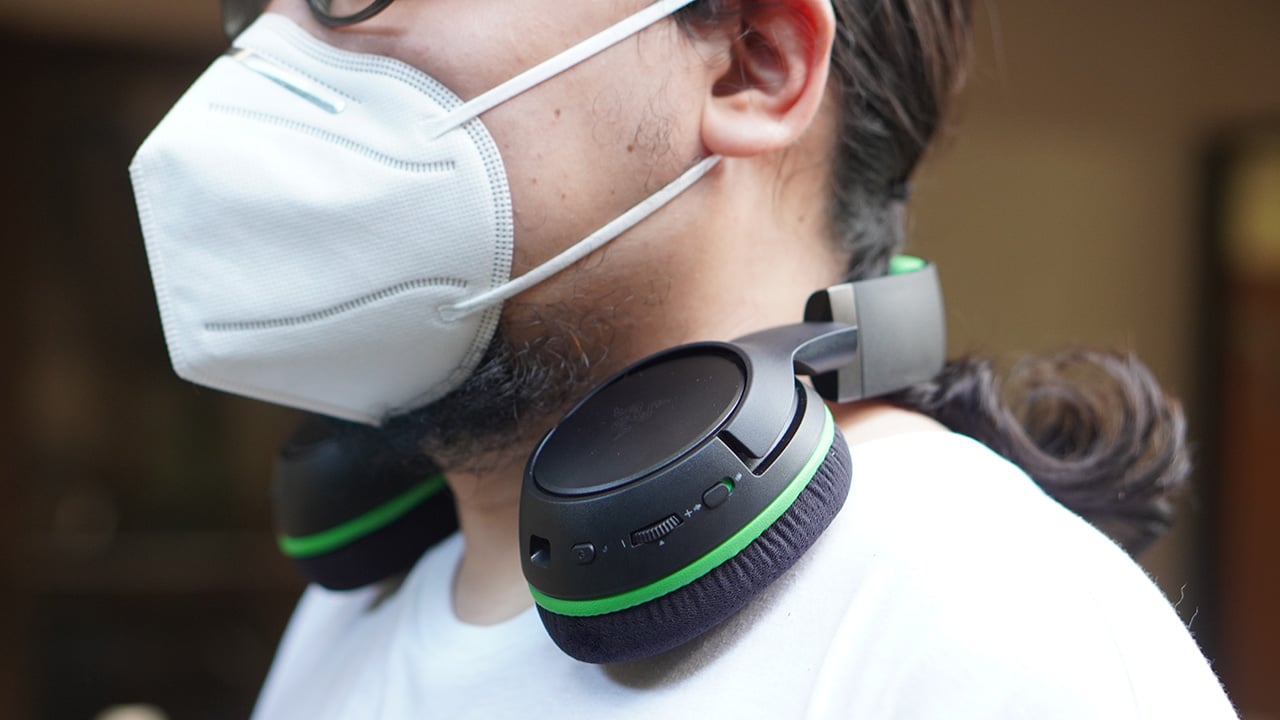
RELATED: Xbox Series X review – Why you should buy it
While the glowing logos look great, I usually just turn them off since I can’t really appreciate them while I’m playing. Plus, they also cut down battery life significantly when they’re activated. Although if you’re a game streamer or you use it for video calls, go ahead and flaunt those lights.
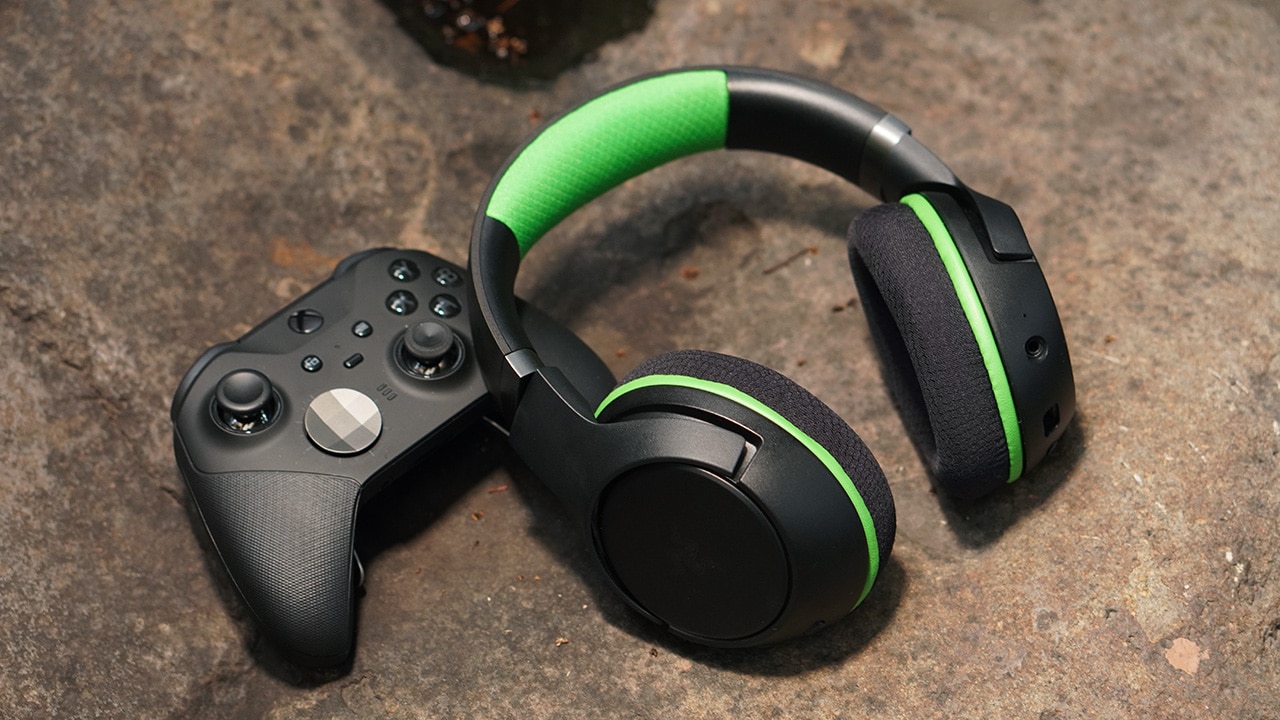
Unfortunately, it only comes in this black color, and although it looks great as is, having more color options in the future could also appeal to more users.
Controls and comfort factor
Situated on both earcups are buttons that serve specific functions. I personally like how the controls are spread out on both earcups as other wireless headphones I’ve used in the past have all their buttons cramped up in one location.
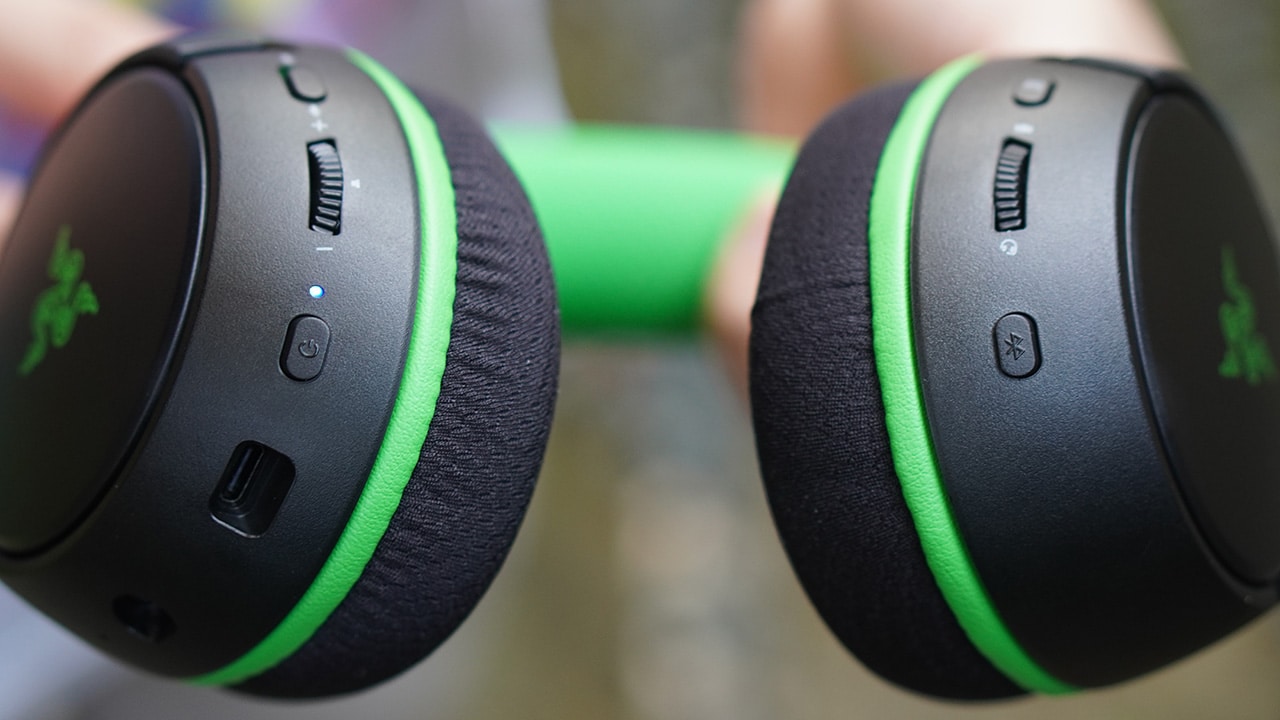
The left earcup houses the mute/unmute switch for the microphone, a rotating volume wheel, and its power button. Meanwhile, the right earcup carries the Xbox pairing button that also doubles for cycling through EQ presets, Bluetooth multifunction button, and scrolling wheel for switching channels between gameplay volume and chat volume.
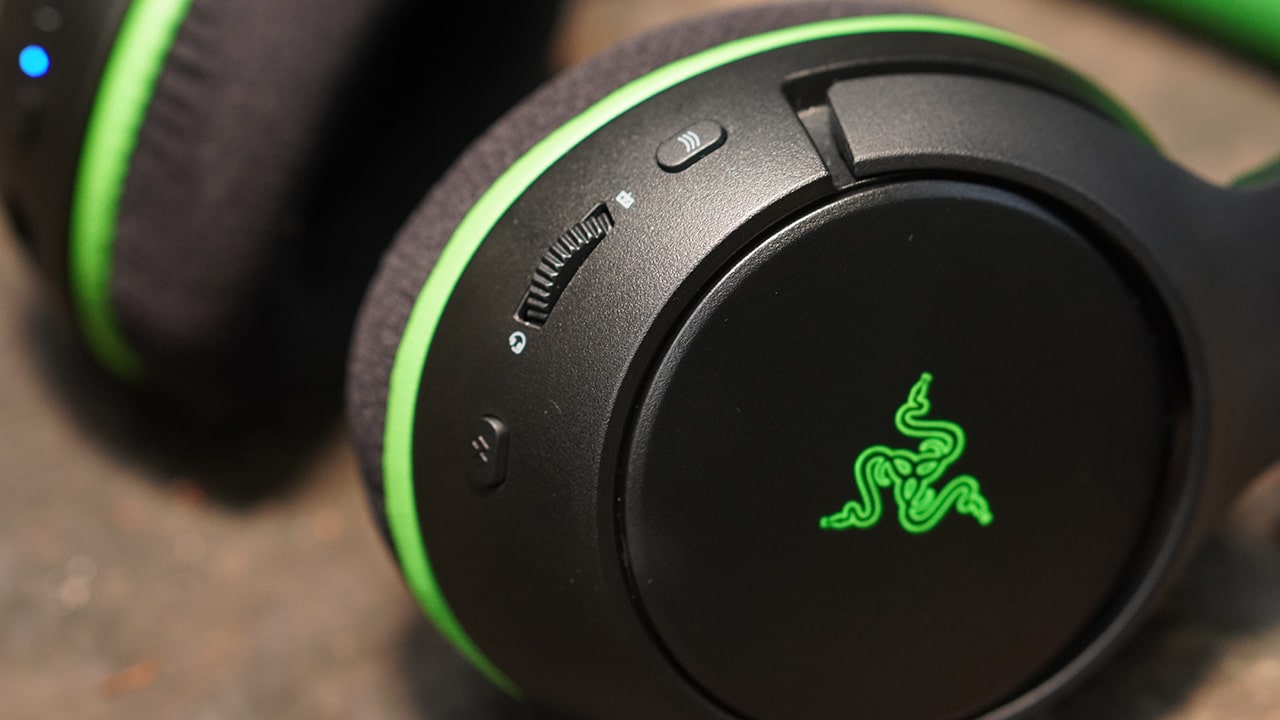
A single press of the multifunction button pauses and plays media, and answers and ends calls. Meanwhile, double-pressing the Bluetooth button activates voice commands, rejects calls, enables and disables its gaming mode, and skips tracks forward. Press it three times and it goes to the previous track and finally, pressing and holding it for five seconds turns on its Bluetooth pairing mode.
I really find its controls and functionalities easy to get used to and remember. My only complaint is it doesn’t have some sort of indicator for muting or unmuting its mic. It’s something minor, but I find this important since I sometimes forget to unmute my mic while in the middle of a gaming session.
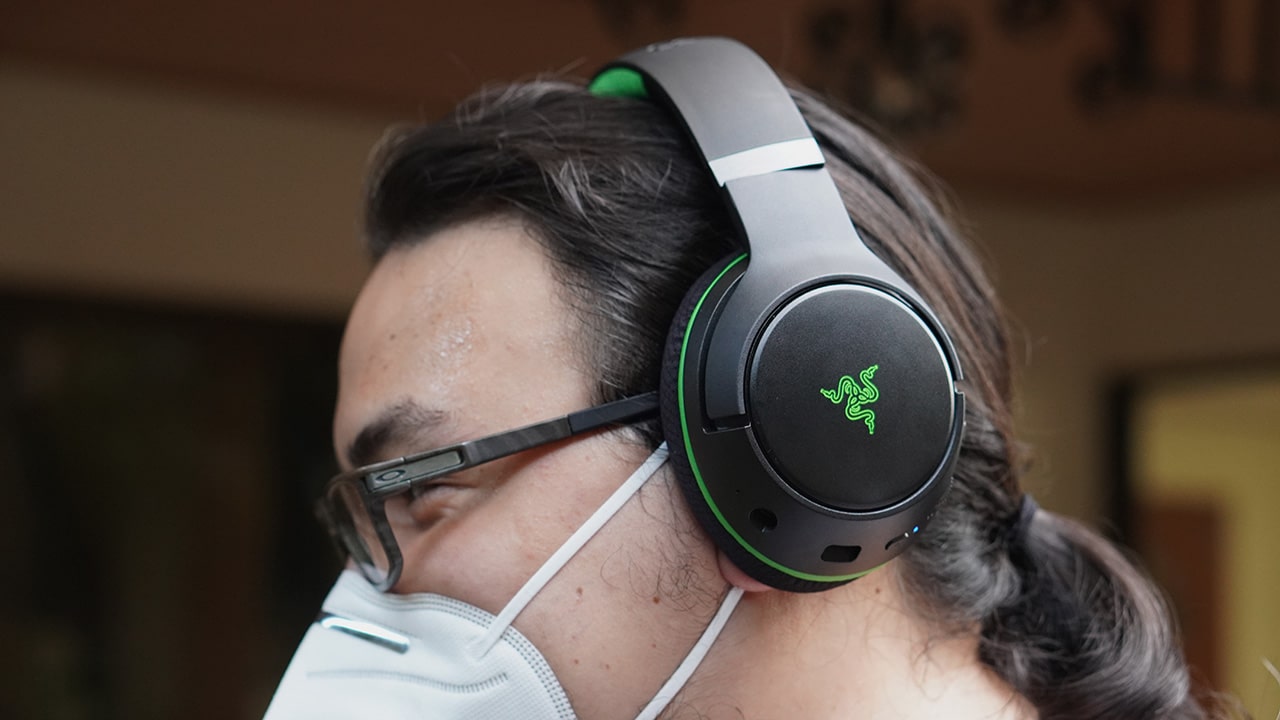
In terms of comfort factor, I was immediately sold as soon as I put it on.
It’s relatively lightweight and doesn’t clamp on the head too tightly. The earcups rest easily around the ears, not on them, for added comfort. If you wear glasses as I do, these also work well.
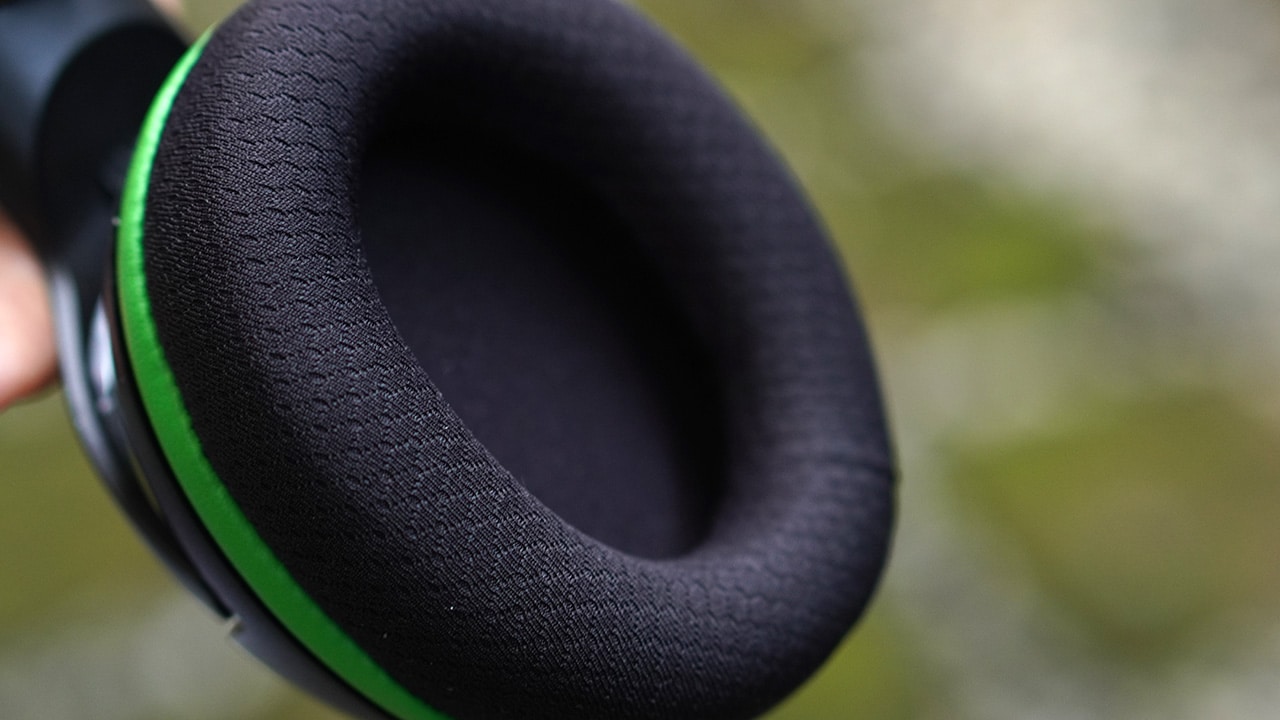
The soft textile mesh cushioning used on the earcups is also amazingly comfortable and breathable. This made sure wearing the Kaira Pro wouldn’t be hot on to wear like most headsets that have leather cushioning.

Its headband is padded well, also having the same material as the earcups. Although at times, I feel like it would slip off my head when I do sudden movements while playing. Apart from that, while using it on long hours of gameplay, I’d say it is one the most comfortable headsets I used so far.
Performance and sound quality
Connecting the Kaira Pro to the Xbox console is simple like pairing a controller. Just press the headphones’ pairing button at the same time as the console’s and the two will sync and pair. It’s also worth noting that turning the headphones on will also power up the console just like its controllers. While helpful, it doesn’t always make things easier since when I opt to use the headphones only for playing music, it will still turn on the console and I had to turn it off.

With the headphones on and spending hours gaming with it, I could say that it has low latency so you shouldn’t experience any noticeable audio delay while gaming. And another feature I enjoy a lot is its Bluetooth 5.0 connectivity. With it, you can connect to your phone and listen to music at the same time you’re playing. This also means that you can answer calls on your phone even while exploring dungeons and not miss anything.
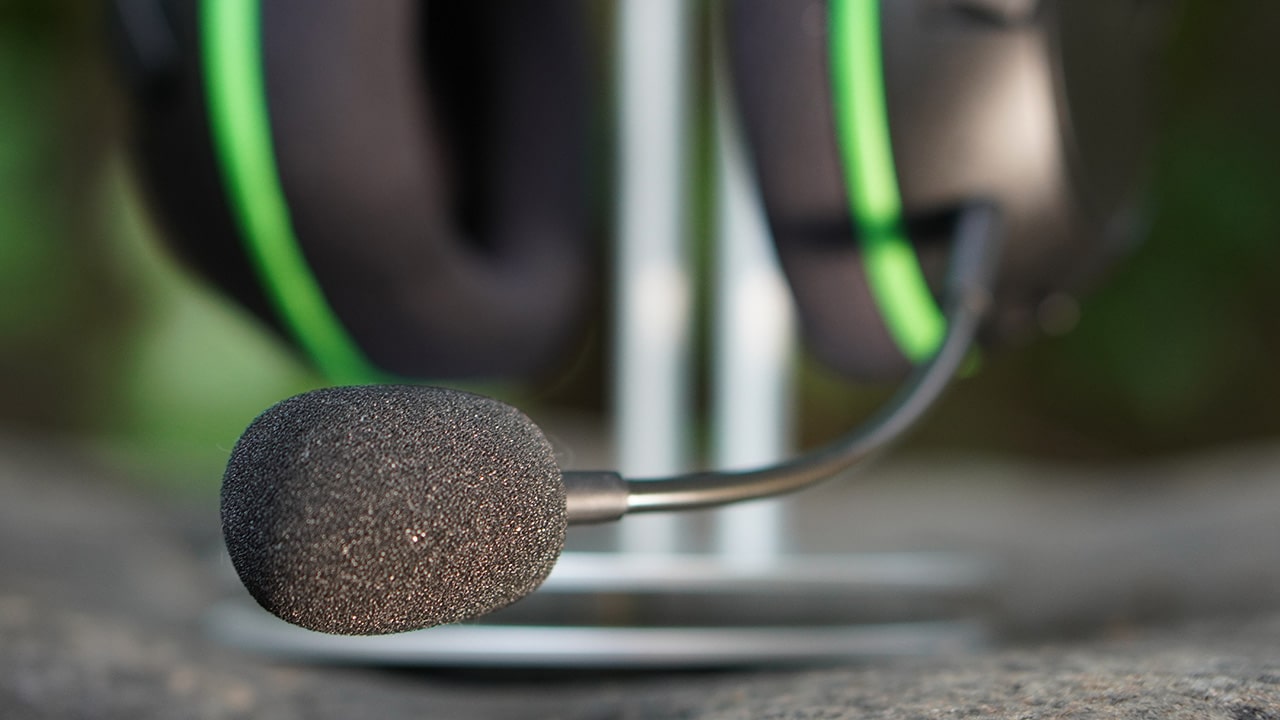
Let me get ahead of myself: when it comes to sound quality, I’d say there are better sounding gaming headphones in the market. The default settings of the Kaira Pro gives off a warm but uneven sound profile. It also overemphasizes the bass levels a bit when it comes to explosions and gunfire which sound muddy and distorted at times. Even its highs are a hit and miss at times and go overboard.

Thankfully, these can all be corrected and adjusted as long as you have the free companion app of Razer from Microsoft Store. There are audio presets that you can choose from apart from manually adjusting its five-band graphic equalizer in-app. There are also other options in the app like microphone monitoring/boosting, audio amplification, color customization for the logo, power saving settings, and more.
After some time of tweaking the settings to my preference, I was able to achieve sound quality that’s immersive enough for playing different genres of games.

Another thing to take note of is that it doesn’t have a built-in surround sound. Although, the wireless headphones are compatible with Windows Sonic — a platform-level solution for spatial sound support on the Xbox. And using this, it was able to deliver virtual 7.1 surround sound which is immersive enough for gaming.
The left and right drivers are well-balanced in terms of volume and frequency response. This makes voices, splashes of water, and footsteps accurately placed. Additionally, there are no noise-canceling features found here so you’ll still be able to hear some distinct noise in the background.
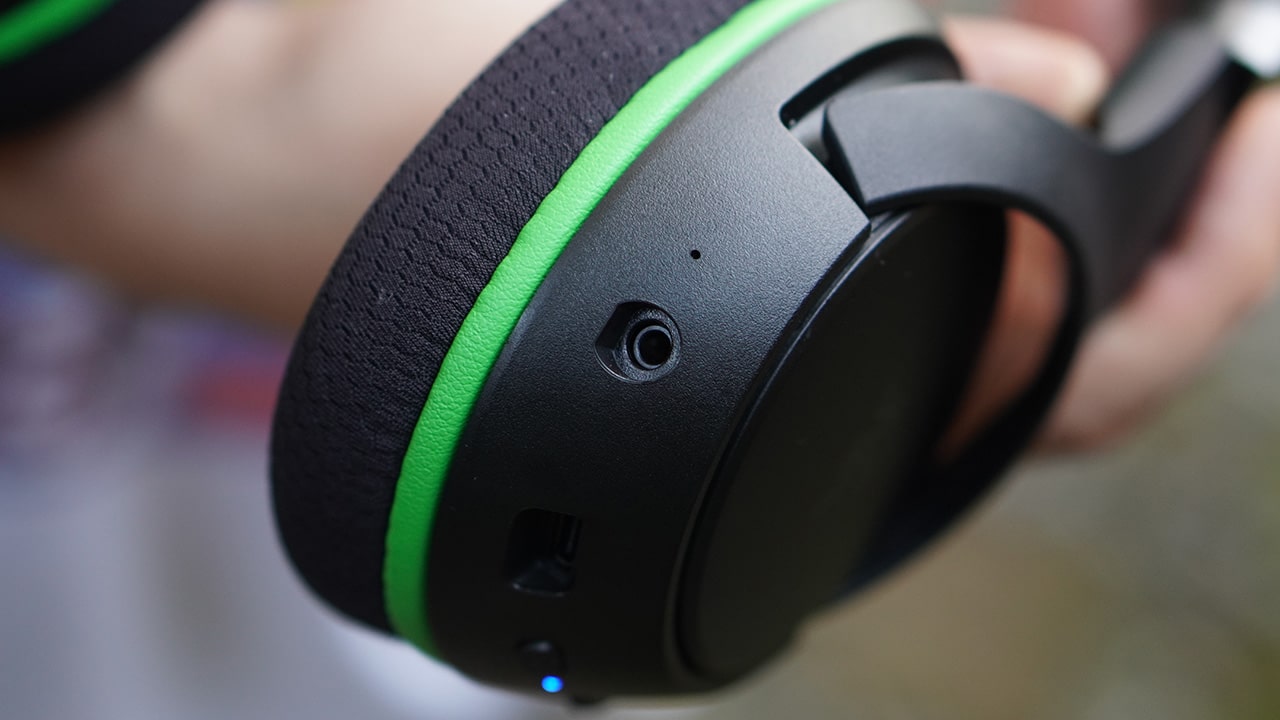
The boom microphone, when connected, has great quality and does an excellent job of isolating your voice from any background noise. Other players were able to hear me clearly even with a fan blowing straight towards the mic. If for some reason you don’t want the boom mic attached, the device also has a built-in microphone. It works as advertised but don’t expect to get the same quality of noise cancelation.
Conclusion
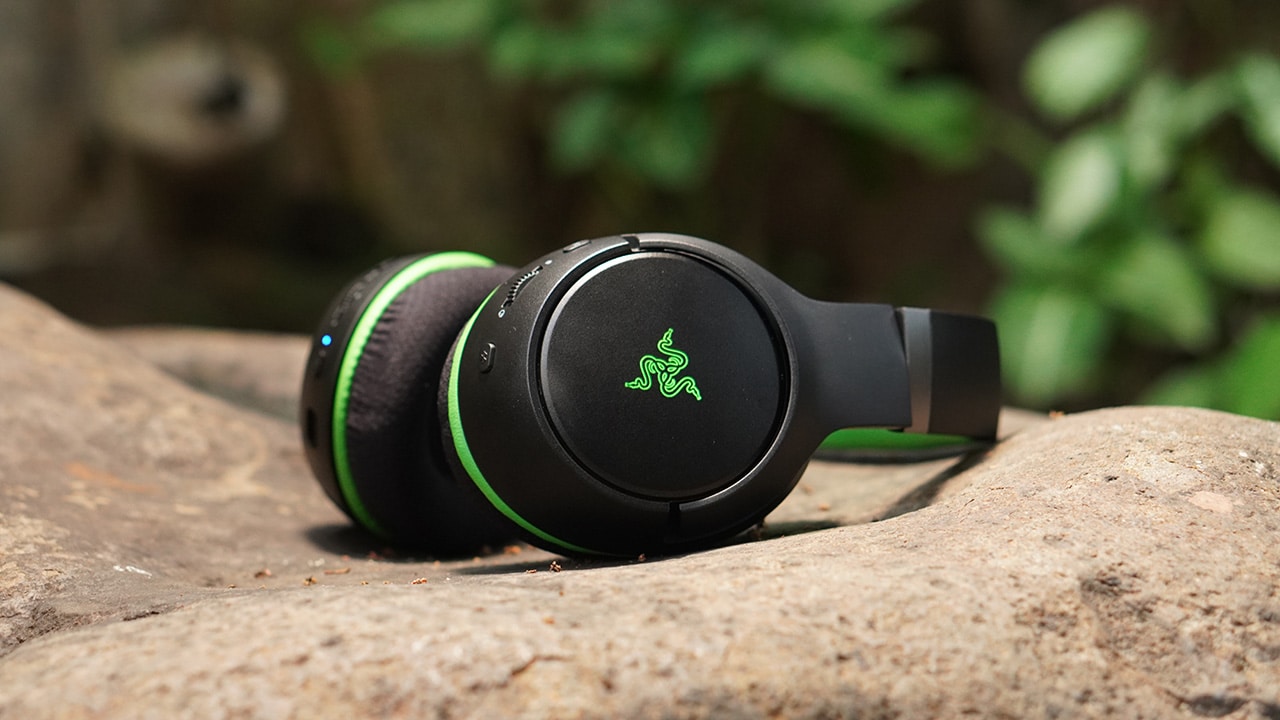
The Razer Kaira Pro is not the best-sounding gaming headset in the market, but it is not at all bad. The sound quality it reproduces is good enough to immerse yourself in any game you play and the companion app’s customization options just elevate your experience.
If you’re looking for a wireless headset to use with your Xbox console and require it to look sleek, reproduce decent sound quality, and offers a wide variety of customization options, The Razer Kaira Pro is a headset that’s worth checking out. Locally priced at PhP 7,400 (approx. US$ 147), it may sound steep and I agree that it’s a lot of money but factoring in the experience and ease of use that it offers, I’d say it’s worth it.

